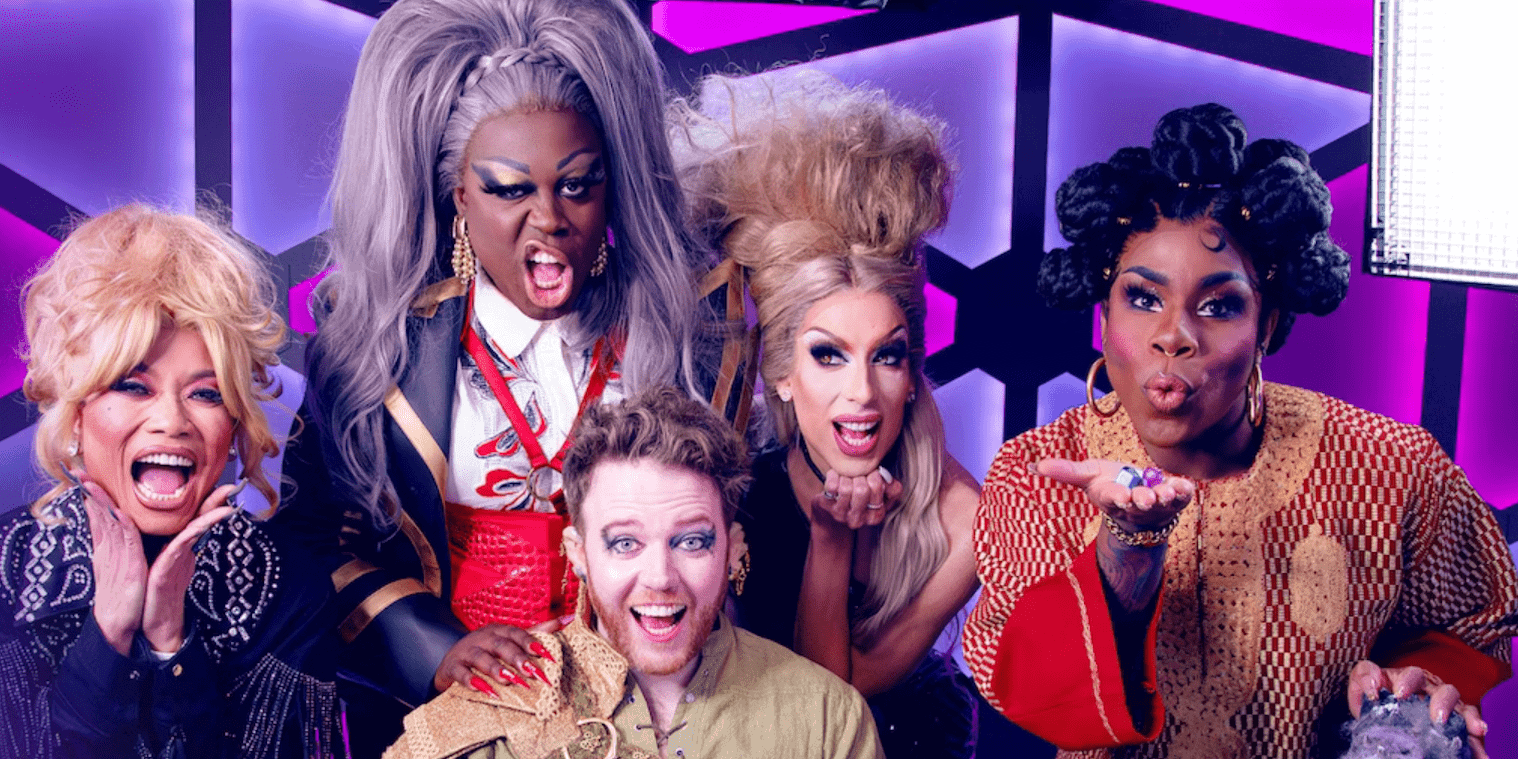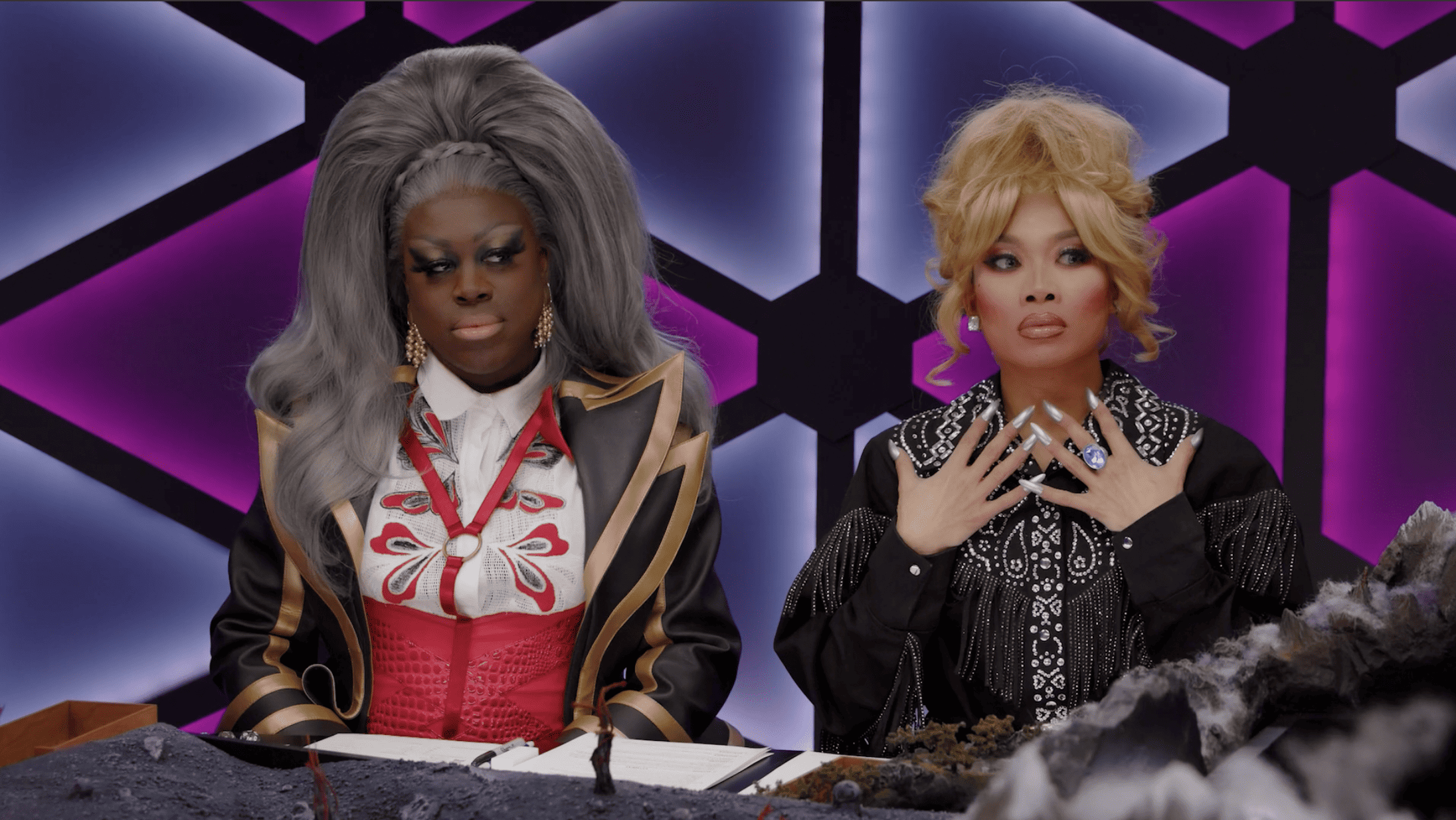
One of the great joys of gameplay lies in watching others take on the risks, challenges, and fun of a game. “Dimension 20” is a role-playing game show in which contestants undertake an enormous “Dungeons & Dragons” (“D&D”) campaign lasting anywhere from six to 16 episodes. Brennan Lee Mulligan stars as the host and most frequent Dungeon Master (DM) on the show (more on this later). His engaging narrative flair, adaptability, and knowledge of “D&D” lore and mechanics make this series accessible to seasoned mages and novice adventurers alike.
“Dimension 20” refers to one of the many polyhedral dice used in the gameplay mechanics of “Dungeons & Dragons.” Players roll a die or combination of dice to determine various interactions with enemies, allies, and events throughout the game. For instance, a d20 is a die with 20 sides, a d10 has 10 sides, a d6 has six, and so on.
One thing that makes “Dimension 20” unique is the streaming platform that hosts it: Dropout. This service is suited for shows that don’t necessarily fit the mainstream mold and for series in which language censorship would hinder the quality of the content. The latest season of “Dimension 20,” “Dungeons and Drag Queens,” offers audiences a one-of-a-kind, queer perspective on playing “D&D” in a long-format structure.
‘Dungeons and Drag Queens’
“Dungeons and Drag Queens” is for queer people, nerds, queer nerds, and everyone else who wants to join four questing queens on their descent into the Underworld beneath Kelvorda. It welcomes all LGBTQIA2S community members and other marginalized individuals — from those who spend weeks and months planning and playing “D&D” campaigns or completing level after level of RPG video games, to those who want to learn how to play, and even those who just really want a good laugh.
Thanks to “RuPaul’s Drag Race” (“RPDR”), drag has become more internationally renowned than ever before. Since its inception in 2009, “RuPaul’s Drag Race” has spread awareness about the ballroom culture of the ’80s and ’90s as documented in “Paris Is Burning” (1990); it has advocated for sexual health education and testing for HIV and other STIs; and it has started conversations about and acknowledged the hard work of people of color in the queer community and beyond. “RPDR” has amassed an enormous fan base, from Gen Z to Boomers and beyond — even the Silent Generation is screaming, “Werk!”
The Questing Queens

Alongside Dungeon Master Brennan Lee Mulligan, Season 18 of “Dimension 20” stars four well-known drag queens who are former participants from various RuPaul franchises: Bob the Drag Queen as Gertrude, Witch of the Frostmoon; Jujubee as Twyla, Soldier of the Lost Fae; Monét X Change as Troyánn, the Assassin of Everdeep; and Alaska Thunderf*** as Princess, Last of the Foehammer Ogres. As they set off on an adventure to retrieve lost souls from the land of the dead and slay all worthy opponents, the four players deem themselves the “Questing Queens.”
The Queens are mostly unfamiliar with the mechanics and rules of “D&D,” which lends a lot of comedy and relatability to the series. Of course, even when the campaign comprises a group of experienced or mixed players, “Dimension 20” is still entertaining and educational. But through their vulnerability and dynamism, the Questing Queens show audiences that it’s normal to make mistakes, even when your face is beaten to the gods and you’re rolling those dice like the rent is due.
Setting the Stage
The queens sit in pairs around a gaming table adorned with a small-scale model of Kelvorda, the fictional world the characters inhabit. Brennan, the Dungeon Master, sits between the Questing Queens and moderates the campaign by introducing conflict and encounters into the narrative, and assisting the queens on their journey. All of the players have a set of polyhedral dice, character information cards, pencils, and miniature avatars of their characters.
Brennan often creates opportunities for each of the players to embody their characters and develop a sense of identity by explaining, for instance, how Princess the 8-foot-tall ogre might take down a sleazy goblin, or how Gertrude would cast a protective spell over her friends during battle. This space and freedom to express oneself aligns with the values of the queer community, and drag in particular, which is built on subverting the rigid constraints of a heteronormative, patriarchal society. Brennan, a skilled Dungeon Master and supportive ally, uses his platform to show the importance of “D&D,” drag, and the intersections they share.
Playing the Game

The Questing Queens, used to lip-syncing for their lives and legacies, put their characters’ lives in the hands of chance. The gameplay mechanics of “D&D” rely heavily on dice rolls and on the Dungeon Master revealing magical items and creating monsters the players must defeat. Each character possesses varying powers, strengths, and abilities, depending on their class.
For example, Twyla has a baseline strength level of 12+ as a fae, whereas Princess’ strength level is 20+ because she’s an ogre. The ability categories in “D&D” are Strength, Dexterity, Constitution, Intelligence, Wisdom, and Charisma — not unlike the Charisma, Uniqueness, Nerve, and Talent skills queens develop in “RPDR.”
During friendly and hostile encounters alike, Brennan often asks the queens to roll their dice to determine the impact of their abilities in the game world. Because of their diverse strengths and unique abilities, and given the structure of gameplay in “D&D,” the queens must cooperate to return from the underworld unscathed.
You’ll have to watch the show to discover the fates of Gertrude, Twyla, Troyánn, and Princess!
Out of the Dungeon, Into the World
A “D&D” campaign is won when the players achieve all the objectives set for them by the Dungeon Master. Just like with drag, there’s no set way “Dungeons and Dragons” should look. In fact, a “D&D” game can last as little as an hour and as long as several decades; there’s said to be an ongoing campaign that began over 40 years ago, in 1982.
“Dungeons and Drag Queens” celebrates self-expression through fantasy role-playing. Through their performances, the Questing Queens and Brennan show audiences the value of laughs, fake lashes, and long-form tabletop gaming. The cast of “Dungeons and Drag Queens” take audiences along on their adventures through Kelvorda and showcase their vivid imaginations, improv skills, and occasional dumb luck, all while living their “D&D” fantasy.
“Dungeons and Drag Queens” shines a spotlight on the LGBTQIA2S community and on a game that has had a fairly mixed social reception. Roll the rice on “Dimension 20” and watch Season 18, without cable TV, for a fantastic, summertime adventure!
